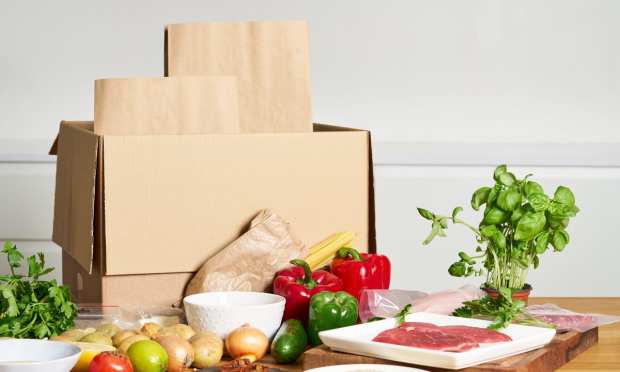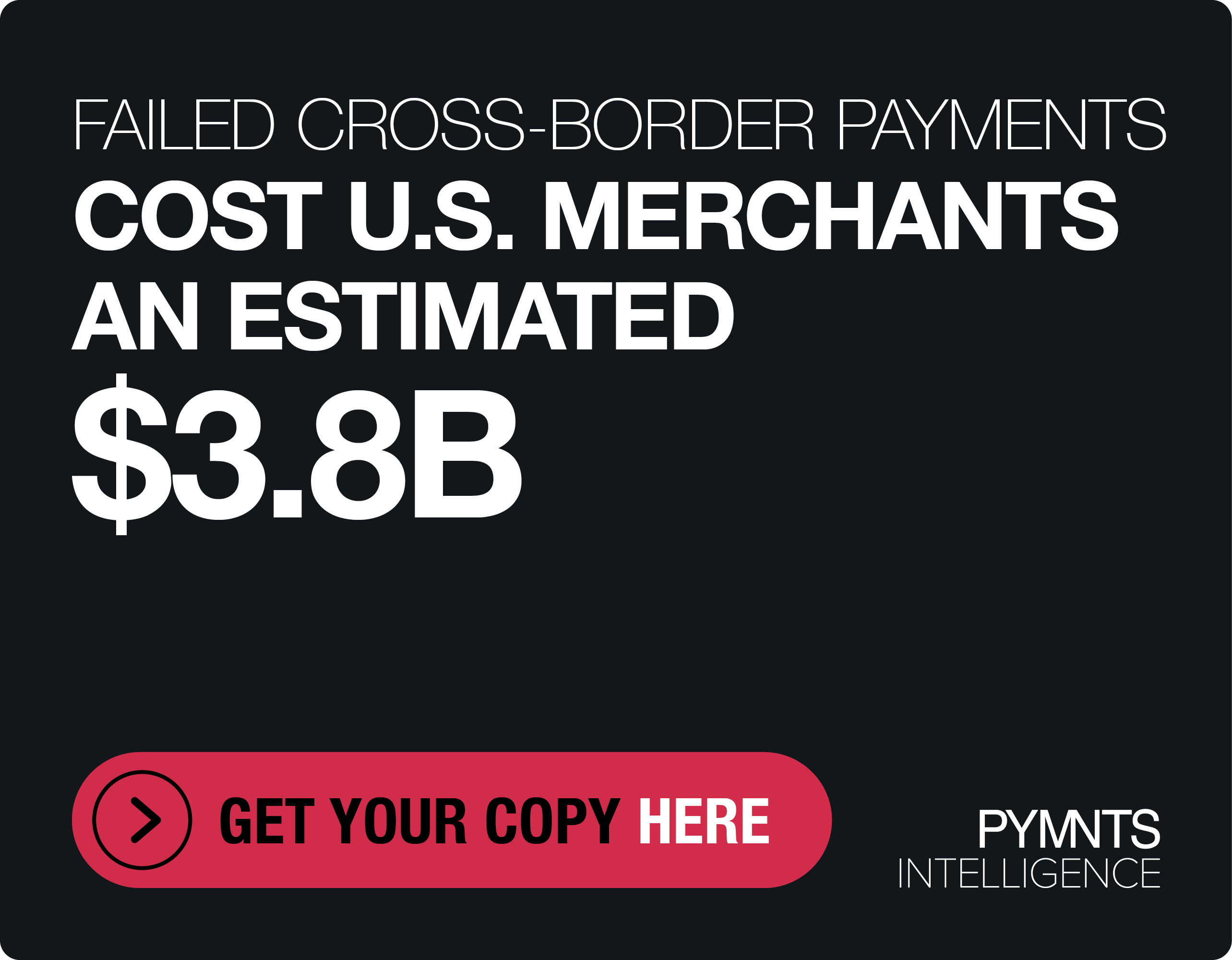Post-Pandemic Future Remains Uncertain For Meal Subscription Services

It has been a banner year for meal subscription services, as restaurant closures prompted consumers to seek out new ways to meet their food needs. While stay-at-home mandates and consumers’ own contagion concerns provided these companies with a serious boost, as consumers sought non-restaurant ways to create meaningful culinary experiences, the vaccine rollout already has many returning to restaurants for indoor dining. Additionally, apart from Freshly, which delivers cooked meals, many meal subscription services provide ready-to-cook meal kits, which leave consumers to do a significant share of the meal prep work. Given the option to eat on-premises, will consumers continue to subscribe to often costly and high-effort meal delivery services?
“With the COVID-19 vaccine distribution underway … we’ll continue to see consumers gravitate towards convenient, specialty foods to add more excitement to mealtime,” Mike Wystrach, CEO and founder of weekly subscription meal delivery service Freshly, told PYMNTS in a recent interview. “Given the rise in demand for convenient meal solutions, while many consumers work from home, we only see the trend accelerating when people return to the office.”
For context, these businesses’ prospects were not looking amazing before the pandemic. Though PYMNTS data indicated that the meal kit subscription market generated approximately $3 billion in 2018, this figure accounted for less than 1 percent of the $1.3 trillion U.S. food market, and hundreds of companies were competing for this narrow slice of the food spending pie.
Additionally, while many consumers were trying out these services, there was a major retention problem across the board. One pre-pandemic survey found that, though 19 percent of U.S. adults had tried a meal kit service, most churned out. Only 38 percent of those who had tried the services were still subscribing. That was smaller than the 39 percent share that, after trying a subscription service, only used it once. And 26 percent, meanwhile, used it for under a month, while less than 10 percent lasted six months. Even veteran meal kit service Blue Apron was seeing multimillion-dollar losses in 2019. If that is how the category leaders were faring, one can only imagine how difficult the model was for the smaller services.
The churn issue is somewhat unique to meal delivery services. The turnover is far higher than for other subscription services. For instance, PYMNTS’ 2019 Subscription Commerce Conversion Index found that only 27 percent of those who subscribe to digital media services like Audible or Scribd planned to unsubscribe within one year, and an even smaller 7 percent of those who subscribe to streaming services like Netflix or Hulu planned the same.
Now, however, meal subscription service executives are expressing hope for the post-pandemic future. In addition to Freshly, Blue Apron CEO Linda Findley Kozlowski recently stated that “both third-party and our internal research” indicated that consumers’ mid-pandemic cooking habits “are expected to continue into 2021.”
Meanwhile, HelloFresh founder and CEO Dominik Richter said on a recent call with analysts that consumers have been turning to meal subscription services even when they have had other options, suggesting a real preference for the option. He said, “Supermarkets have never been closed in pandemic … no one was ever forced to order HelloFresh. I think what happened, and what we’ve also heard from consumers, is that they obviously had more time at their hand to try out new things and to do something that they haven’t done before.”
Of course, the matter is not quite so cut-and-dried. As Andy Coyne, an analyst at information services company GlobalData, told European Supermarket Magazine, “There is no doubt meal-kit companies have been boosted in recent months by shoppers’ reluctance to visit the supermarket too often, as well as by locked-down consumers having more time to cook and not being able to visit restaurants. However, as lockdowns are eased and foodservice operators start to re-open, the question is whether meal-kit businesses can make these gains stick.”
He noted that these companies will continue to face the challenges of “the high marketing costs typically associated in building their customer base” in addition to “the big sustainability issue suppliers had to deal with before COVID-19 hit — excessive packaging” which “has not gone away during the lockdown period, but simply become less of a priority.”
Still, consumers who have grown used to the convenience of having everything they need for dinner delivered directly to their doorstep may remain enrolled in these subscription services. PYMNTS data find that 78 percent of grocery shoppers who have shifted to shopping more online reported that they intend to maintain at least some of these changed behaviors, and about three-quarters of those who have been ordering more restaurant meals for off-premises consumption expect to maintain some or all of the changes that they have made to their ordering behavior.
“[Meal subscription services] deliver value,” David Soberman, professor of marketing at the Rotman School of Management at the University of Toronto, told Financial Post. “Finding a good recipe is challenging, finding the ingredients to make a good recipe is challenging, and having user-friendly directions to put a recipe together is challenging, and so these guys solved three problems for consumers.”
So yes, these subscription services may face challenges in coming years as they once again compete with restaurants for consumers’ food spending, but many of these changed habits may turn out to be surprisingly sticky. If these meal subscription services can continue to provide value, convenience and meaningful culinary experiences, they may be able to turn the pandemic boost into the habits of a lifetime.
